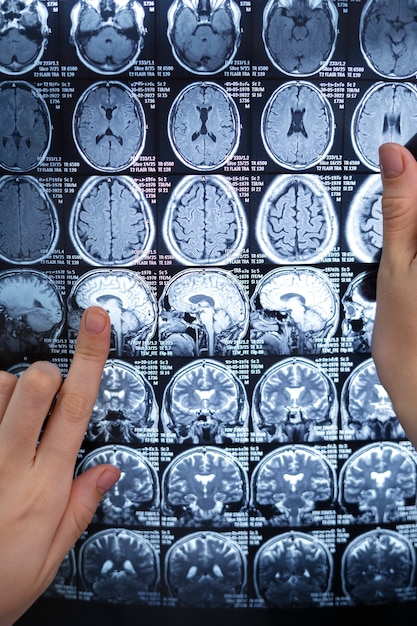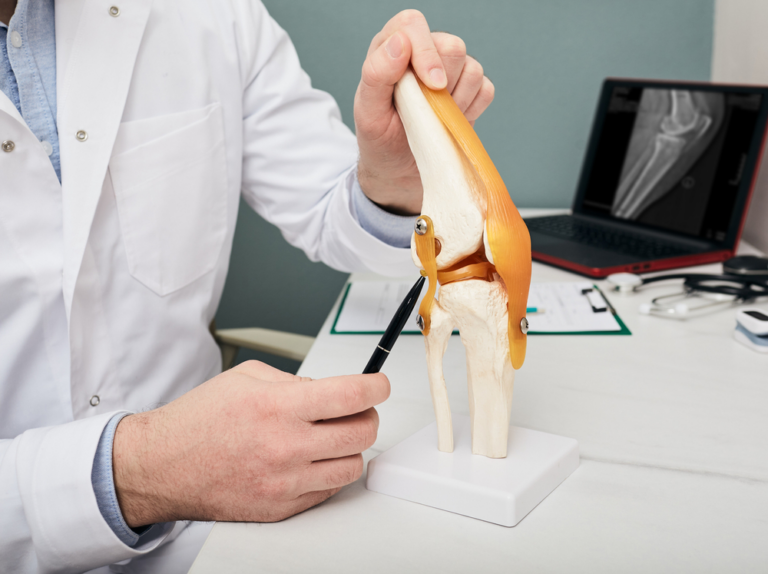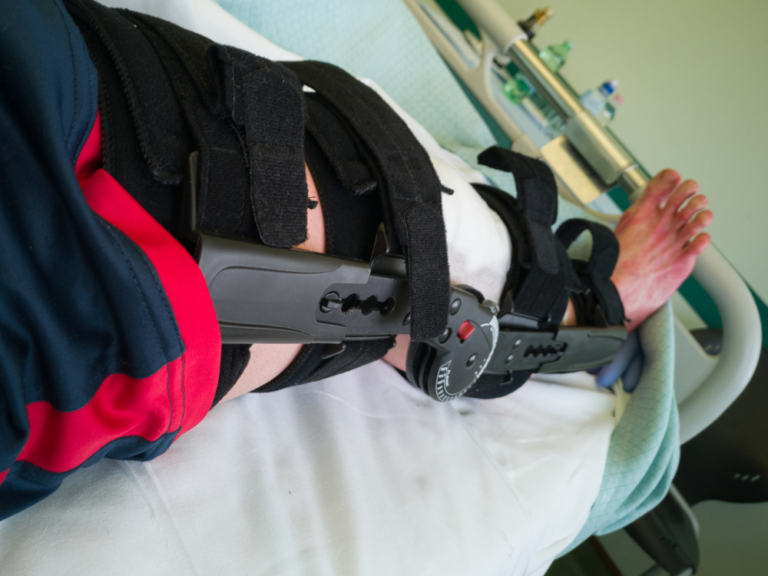What Makes Israel Best for Parkinson’s and Epilepsy Treatment?
Parkinson’s disease, also referred to as paralysis agitans is a progressive disease of the central nervous system. It is a neurodegenerative disease that affects motor and cognitive functions at the later stages of the disease. The disease affects the part of the midbrain called the substantia nigra which controls the movement. It affects the neurons that produce the chemical messenger dopamine. The progression of the disease leads to decreased levels of dopamine as the neurons are destroyed; this results in abnormal brain activity that reveals itself predominantly in uncontrolled movement.
Israel is one of the top locations for the treatment of Epilepsy and Parkinson’s disease. This article gives insight into some of the treatment plans available in Israel. As a result, the question “What Makes Israel the Best for Parkinson’s and Epilepsy Treatment?” is answered. People who live outside of Israel should consider medical tourism and contact a reputable meditour agency, such as Anavara, to learn about the affordable overseas medical treatment plans that are available.
What causes Parkinson’s disease?
The exact cause of the disease is not known but scientists have found a clear genetic link as well as the pathogenic role of some neurotoxins. Symptoms that closely resemble that of the disease have been found with prolonged use of some medications that block the actions of dopamine. Parkinson’s is not common in younger individuals; it usually develops in people around the age of 60 years and above. It also affects more men than women.
What is the staging of Parkinson’s disease?
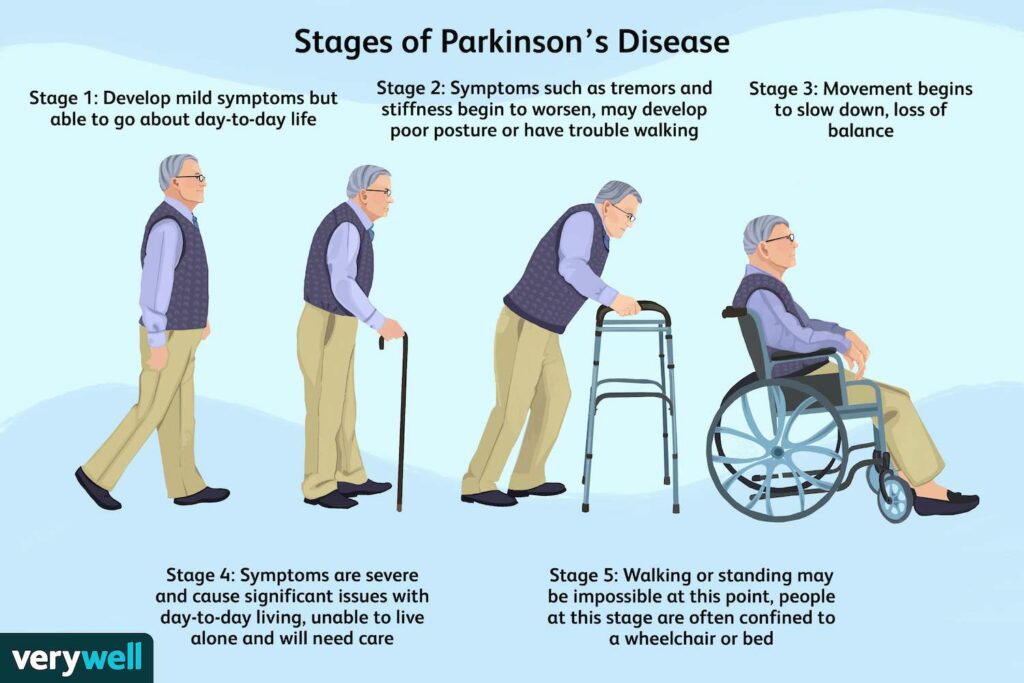
Staging is an act that facilitates the treatment of the disease, ensuring that a more effective approach is taken. There are five clinical stages of Parkinson’s disease, and they are:
- Stage 1 – The minimal clinical manifestation stage. Because there are no significant functional changes, patients may not seek out the experts at this stage. However, early intervention in this stage may slow down the progression of the disease. Patients may also experience symptoms in one part of their body.
- Stage 2 – There are moderate clinical manifestations, with symptoms apparent on both sides of the body, but the balance is maintained. Carrying out tasks requires significant effort on the patient’s part.
- Stage 3 – There are functional disorders here like loss of balance and the changes in tendon reflexes. The progression of the disease prevents many tasks, and the loss of balance results in frequent falls and injuries.
- Stage 4 – Here the patient loses the ability to independent movement. They require assistance when walking outside, as well as the use of special devices to ensure stability.
- Stage 5 – The final stage of the disease, is characterized by the complete dependence of the patient on others, and the inability of independent movement even with support or with devices. The patient requires wheelchairs for movement. Complications like mental disorders and disorders of the musculoskeletal system may occur.
How is the disease treated in Israel?
While medication can reduce the symptoms of Parkinson’s disease significantly, none of the therapies can stop the progression of the disease. Different therapies exist, from surgery to physical therapy and muscle strengthening. In most cases, combination therapy is often more effective in managing the condition. Some of the treatments include:
Medication
The therapy for Parkinson’s in Israel is based on levodopa, a drug combined with another medication, carbidopa (Sinemet). The Levodopa is quickly converted into dopamine by DOPA decarboxylase enzyme which is present in the central and peripheral nervous system. Most of the Levadopa is metabolized before it enters the brain. Since these drugs can also cause side effects and may lose their efficacy after prolonged use, the therapy for Parkinson’s disease includes medications like dopamine agonists, amantadine, COMT inhibitors and anticholinergic drugs.
Surgery
This may be offered to the patient if the medication does not give the desired effect. This surgery is aimed at alleviating the symptoms and improving the quality of life of the patient. However, surgery may have contraindications to surgery, in patients who did not have any positive response or stopped responding to the medication, the surgery may be unlikely to help them. The indications for a positive response to surgery are found in about 10% of patients with the condition. Three surgical treatments can be used, they include:
- Ablative brain surgery – This surgery helps to localize, target and then destroy an area of the brain that is affected by Parkinson’s. The treatment aims to destroy the tissues that generate the abnormal chemical or electrical signals that are causing the shaking and other symptoms. Most of the patients are recommended a pallidotomy, which is a partial destruction of the globus pallidus
- Deep brain stimulation – The procedure also targets the shaking and slowed movements characteristic of Parkinson’s disease. During the procedure, a special stimulator is inserted into the brain. The procedure, instead of destroying the overactive cells responsible for the symptoms, temporarily strips them of the ability to send those signals. This type of therapy alleviates the symptoms more effectively and causes fewer side effects when compared with other therapies.
- Transplantation – During the transplantation, which can also be called reconstructive surgery, the doctor implants dopamine-producing cells into a certain area of the brain. The doctor may get these cells from sources like the patient’s body, from human or porcine embryos. Research is also ongoing on whether stem cells can be used for this reconstruction.
Complementary medicine
This aims to use the conventional medication in combination with alternative therapies like acupuncture, herbal treatment, medication, nutritional therapy and massage therapy. Activities like physical therapy, regular physical exercise, participation in support groups and massage can improve the quality of life and reduce the symptoms seen.
What is Epilepsy?
This is the term used to describe a group of neurological disorders with recurring seizures. The seizures which are involuntary contractions of the skeletal muscles are a result of abnormal electrical activity of the motor centers of the cerebral cortex.
What are the causes of epilepsy?
They can occur spontaneously or they can be the result of traumatic, metabolic or toxic disturbances and cancer. Some of the causes are:
- Stroke which is a leading cause in adults over 35 years of age
- Trauma or brain injuries
- Brain tumours
- Genetic disorders
- Brain infections like meningitis
- Cerebral hypoxia
- Other neurological diseases like Alzheimer’s
Drug treatment of epilepsy in Israel
There is a use of innovative treatments for epilepsy, allowing for the complete cessation of the seizures experienced. Together with classic anticonvulsants, experts prescribe new-generation epilepsy drugs, which are characterized by their minimal side effects, especially in the treatment of childhood epilepsy.
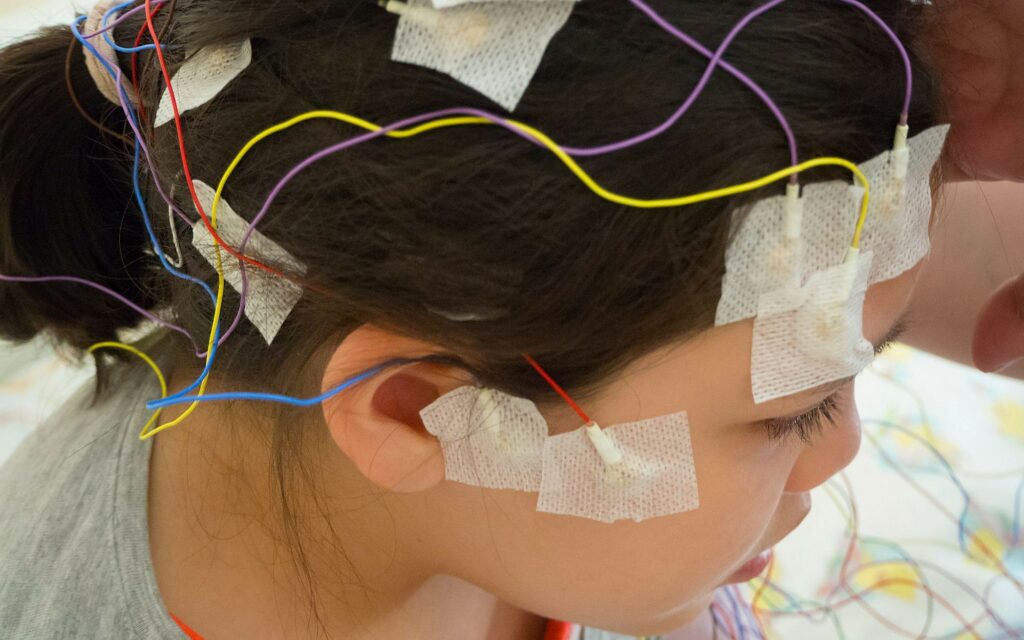
Surgical treatment of epilepsy
Invasive treatment methods have been recently developed for epilepsy, allowing the achieving of excellent results in cases where drug treatments were previously ineffective. Some of the surgical interventions include:
- Implantation of a vagus nerve stimulator
- Removal of the focus of pathological activity
- Multiple subpial transections, this is the excision of the area under the pia matter if the focus of pathological activity cannot be removed
- Callosotomy and functional hemispherectomy; are procedures that prevent the spread of electrical impulses from one hemisphere to another.
Following a thorough examination of the patient by the neurologists, the most effective and safest method of treatment for epilepsy will be determined, based explicitly on the individual patient’s case.
The information provided in this blog is for educational purposes only and should not be considered as medical advice. It is not intended to replace professional medical consultation, diagnosis, or treatment. Always consult with a qualified healthcare provider before making any decisions regarding your health. Read more

